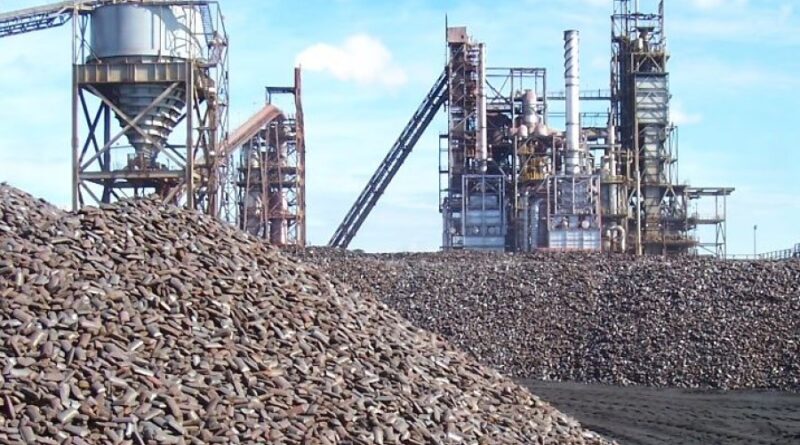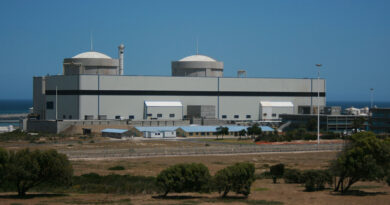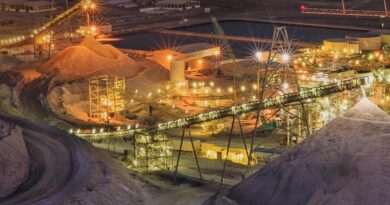No silver bullet for green iron ore products
Brazil and Africa look set to emerge as key net exporters for DRI and DR pellet/ pellet feed, says Wood Mackenzie.
Miners will have to play their part by decarbonising mining sites and investing in new high-grade ore mines to support green steel. Demand for high-grade, low-impurity iron ore will grow fivefold over the next three decades under an AET-1.5 scenario, necessitating logistically challenging and expensive mining projects, especially in Guinea and Brazil.
Failure to successfully unlock these resources will heighten the risk of raw material shortages. Commissioning any new mining project involves myriad unknowns; the addition of environmental, social and governance (ESG) risks is merely the latest.
Portfolio diversification towards high-grade ore mines, the divestment of polluting and low-grade mines, and investments in beneficiation and floatation will be at the heart of miners’ strategy to stay relevant in the green game.
Of the current supply hubs, Brazil has the greatest potential for green iron ore products, thanks to the prime quality of its ore. Elsewhere, FMG’s soon-to-be commissioned Iron Bridge project and the recently announced Hawsons Iron project will be critical if Australia is to compete in a 1.5 °C world.
Any expansion by other high-grade ore producers, such as Sweden and Canada, will increasingly feed rising captive demand for hydrogen-based DRI projects in their regions. The contentious Simandou project in Guinea will help the country unlock its potential, especially given the large scale of the operation and the potential to produce high-grade direct shipping ore.
Forward integration
The search for high-grade mines, along with miners’ plans to integrate forward into DR pellet and hydrogen-DRI manufacturing, will open up new supply opportunities and alter trade flows. Brazil and Africa look set to emerge as key net exporters for DRI and DR pellet/pellet feed, while Australia and the Middle East will try to keep pace.
The EU, China, Japan and South Korea would be the usual suspects for higher incremental demand for DRI and DR-grade pellets. India and the CIS will also add capacity but will be domestically centred markets.




